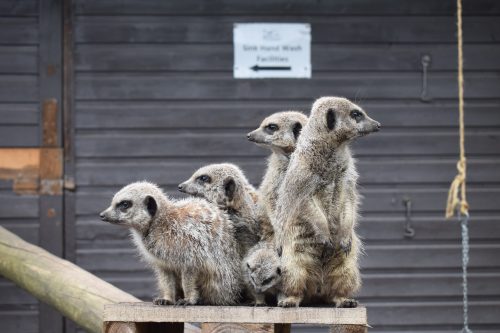The not so small boy and I love going on bat walks. Our first one was a few years ago, with the nice people from Wild Discovery at Ribby Hall. Since then we’ve been on a bat walk at Platt Fields in Manchester and last week, we booked an early evening bat walk in Heaton Mersey in Stockport with Sustainable Living in the Heatons.
If you’ve never been on a bat walk before, but fancy having going on one, then we really recommend it. They usually take place just as the sun is starting to set, when the bats are coming out to feast on insects while the light fades. Usually you’re given a bat detector to share with a friend or two, and you’re led by a guide who will help you find an active bat spot.

On our bat walk with Sustainable Living in the Heatons, we met Fiona and a group of other keen bat fans near Heaton Mersey Park. We were issued with fluorescent jackets and a bat detector, and we quietly walked to the nearby fishing pond.
The bat detectors have a dial which you tune in to try and hear the bats echolocating. We were told that we were most likely to encounter three different bats on our walk, if we were lucky.
What bats could you find?
The common pipistrelle is a tiny bat, about the size of a thumb. It is one of the most common bat species in the British Isles, so probably the one you’re most likely to meet on a bat walk. The common pipistrelle echolocates at around 45 kHz, so if you turn the dial on your bat detector to there, you should hear them clicking as they fly around you. If you are lucky and the sky is clear, you might even catch a speedy glimpse of them silhouetted against the darkening sky.
Other bats we might catch sight of on our bat walk would be the soprano pipistrelle. This bat is very similar to the common pipistrelle, but it echolocates at a higher frequency – 55 kHz.
The third kind of bat we could encounter is the Daubenton’s bat, which is slightly larger in size than the pipistrelles. The Daubenton’s bat echolocates at frequencies between 32 and 85 kHz; though typically it is mostly commonly found at 45 to 50 kHz.
The bats emerge at twilight to hunt for insects over the water. Their main diets consist mainly of non-biting midges and other midges; as well as small flies, mayflies, and moths. Bat detecting over a pond or river is a great place to find them, as these insects are drawn to the water.

What did we find on our bat walk?
On our bat hunt, we found lots of common pipistrelles flying around over the pond. We stayed there for quite a while listening to them on the bat detector and occasionally spying them darting over the water and into the trees above. After a while, we walked through the trees to the Heaton Mersey Bowl. The Bowl is a large, steep-sided field, and somewhere I remember sledging as a child. Apparently in the early 1800s, cloth from the nearby bleachworks would be pinned out here. Today the Heaton Mersey Bowl has a football pitch in one corner, and footpaths and benches around the edges. It’s a popular spot with the locals and bats alike.
We had some luck finding bats flying about in the trees surrounding the Bowl. The sky was darkening quickly, so they were harder to spot.
We had a lovely couple of hours watching and listening. It was our third bat walk and each time we’ve had a really different experience. We’ve learned new things about these fascinating creatures and we have developed a fairly deep affection for them. For my birthday earlier this month, I was given a bat detector of my own. I’m really looking forward to building it and seeing if I can find a bat population in my back garden.
If you’re interested in taking part in a bat walk, Facebook is a good place to find events listed. Join local wildlife groups or contact your local bat group. It’s a lovely thing to do on a fine evening with the family.










